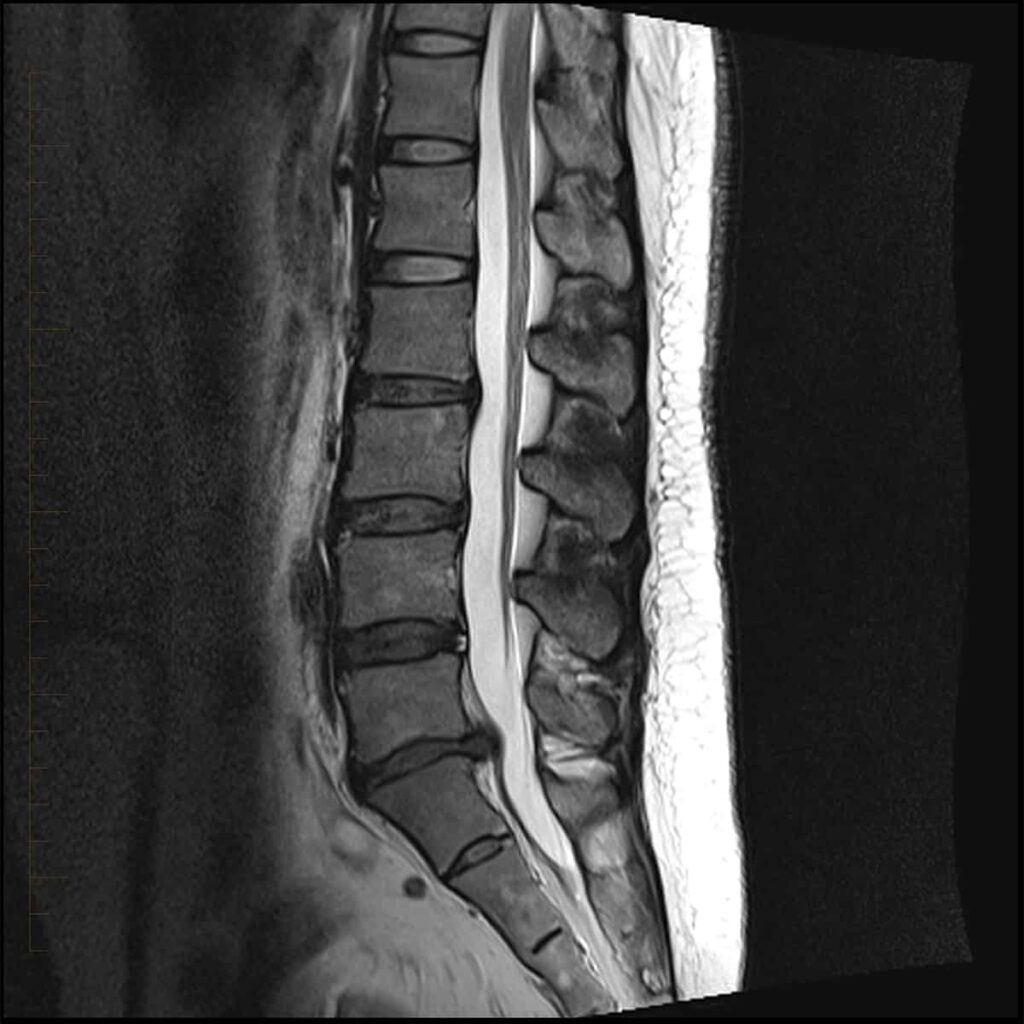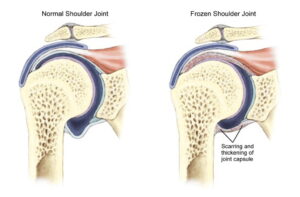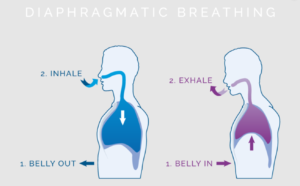Low Back pain is one of the most common diagnoses treated in most outpatient physical therapy clinics. It can be severe and even debilitating in some cases, which can lead patients to feel the need for an X-ray or MRI to diagnose their condition. Research shows us, however, that the use of imaging for an episode of LBP is typically unwarranted, unless there are specific signs and symptoms that may lead a practitioner to believe otherwise.
Research has shown that the majority of healthy individuals over the age of 60 have MRIs that show bulging discs or other degenerative changes in the spine. Even in patients as young as 20 years old, degenerative changes can be seen with an MRI that don’t necessarily correspond to the patient’s symptoms, if they had any at all. It is also worth noting that in most cases, low back pain can resolve with conservative management and without any imaging at all, which can help patients avoid footing the bill for a very expensive picture of their spine that did not actually affect their plan of care.
Back pain can have many different causes but is most often described as “non-specific low back pain.” Pain can be caused by:
- Inflammation due to arthritis
- Muscle tension
- Bulging or herniated discs
- Joint laxity
- Nerve irritation or compression
- Decreased mobility due to inactivity
- Decreased stability due to laxity or weakness
- Joint stiffness
- Sensitization of the central nervous system
- Overuse injuries
Often, more than one factor is involved in your pain, and it is the job of the physical therapist to determine which factors need to be addressed and how to treat these symptoms.
“How can a physical therapist know what to do for my low back pain without an MRI?”
Your physical therapist will perform a thorough evaluation that includes a review of your medical history and a skilled assessment of your overall strength, mobility, functional impairments and any factors that may drive decision making in your personalized plan of care.
Physical therapists are specially trained to determine if you demonstrate any signs and symptoms that might warrant a referral to your medical provider for further evaluation or imaging. Your care team may recommend imaging if:
- You present with severe or progressive neurological symptoms such as significant leg weakness, new onset of difficulty walking, changes in bowel or bladder function or other signs of systemic disease that haven’t already been addressed by your medical provider
- You show no changes with conservative treatment
- You appear to be a candidate for surgical intervention or any type of injection
After your evaluation, your physical therapist will use that information to determine your course of treatment and which interventions may benefit you. Physical therapy treatment may include: manual therapy, dry needling, personalized exercise, activity modification, lumbar traction, patient education or any combination of these interventions.
Starting a conservative approach to treating your low back pain prior to having imaging can decrease the time that you live in pain and improve your overall outcome at a lower cost. The growing amount of evidence that guides us away from the unnecessary use of imaging should be encouraging for not only those patients with acute and chronic LBP who are unable to undergo an MRI due to pregnancy, metal implants, pacemakers, etc, but also to those who may not be able to afford imaging.
Quality, evidence-based care is just a click away!
Here at Compass Physical Therapy, we have the expertise and experience to help with all your physical therapy needs.
Get started today and let us help you get back to peak health. We’ll work with you to get you back on your feet and pain-free.







